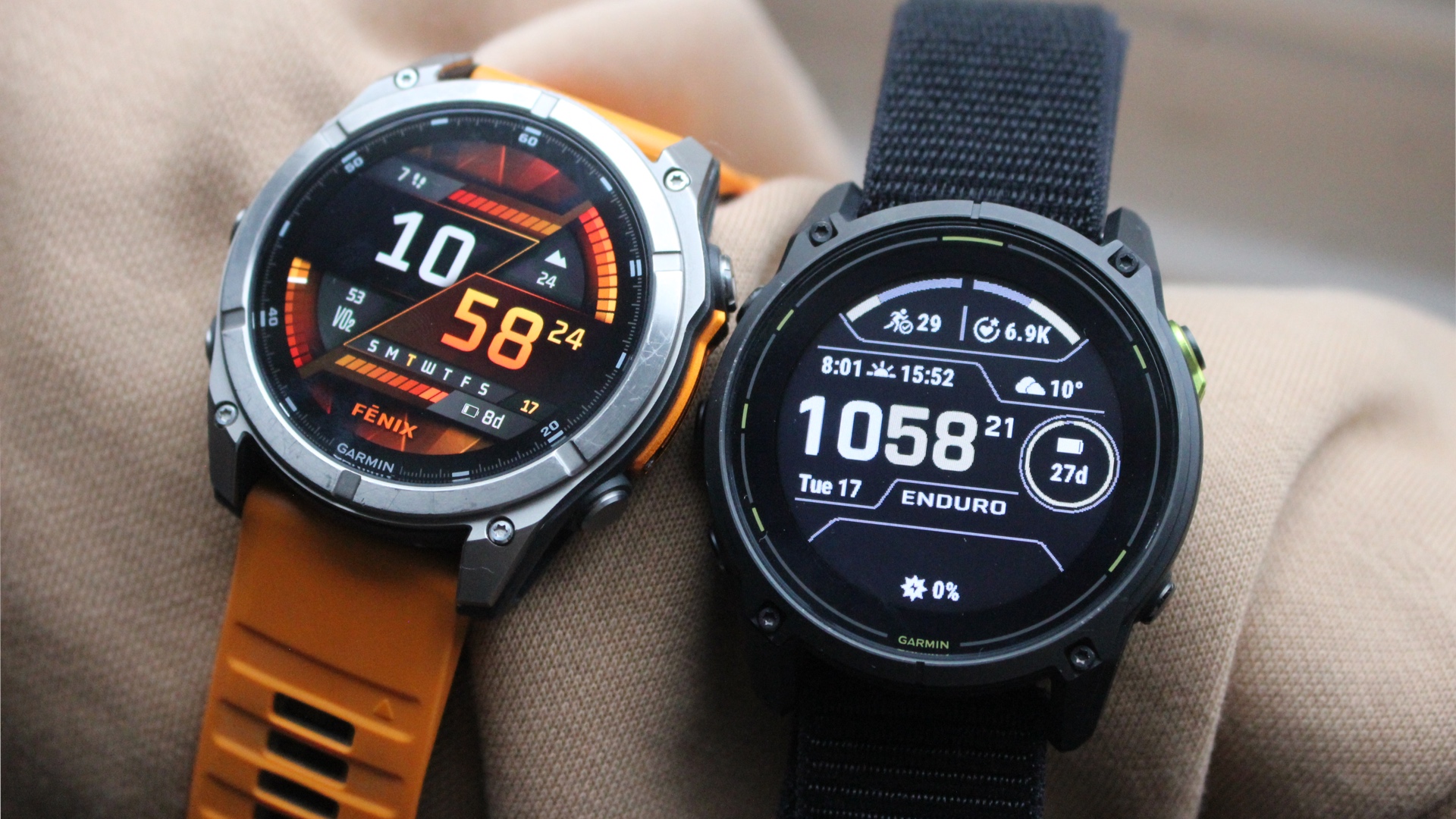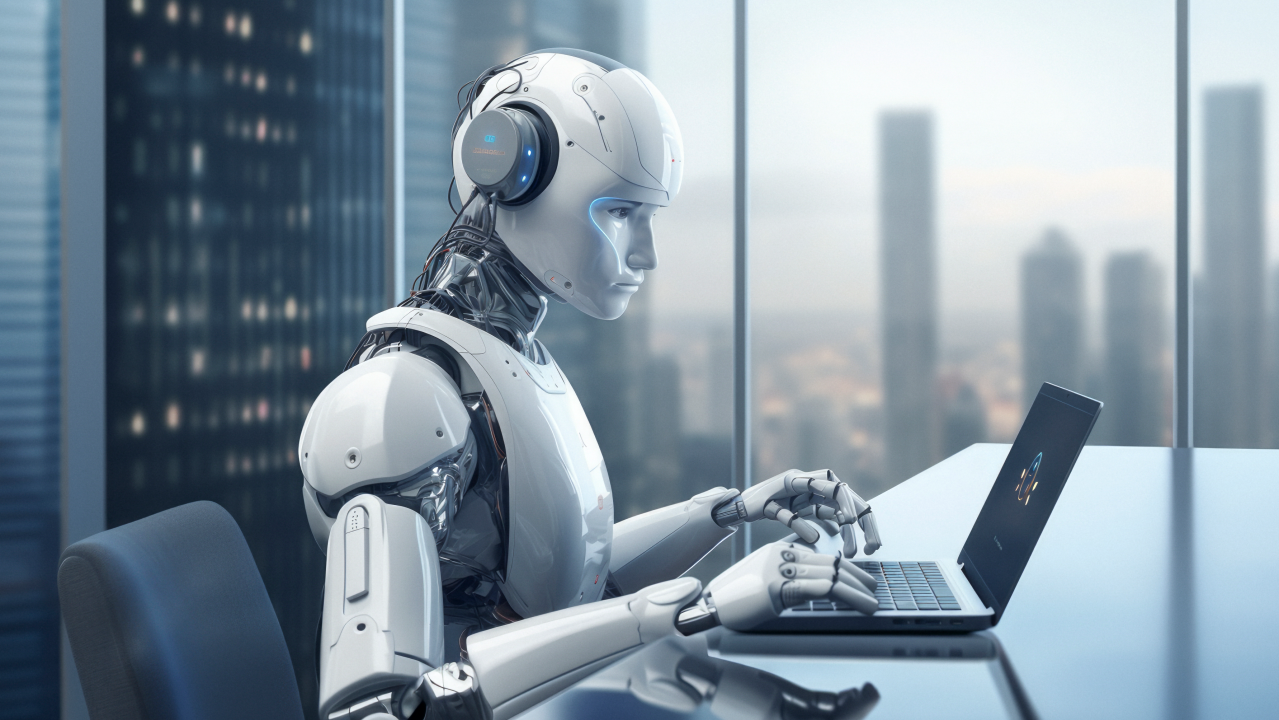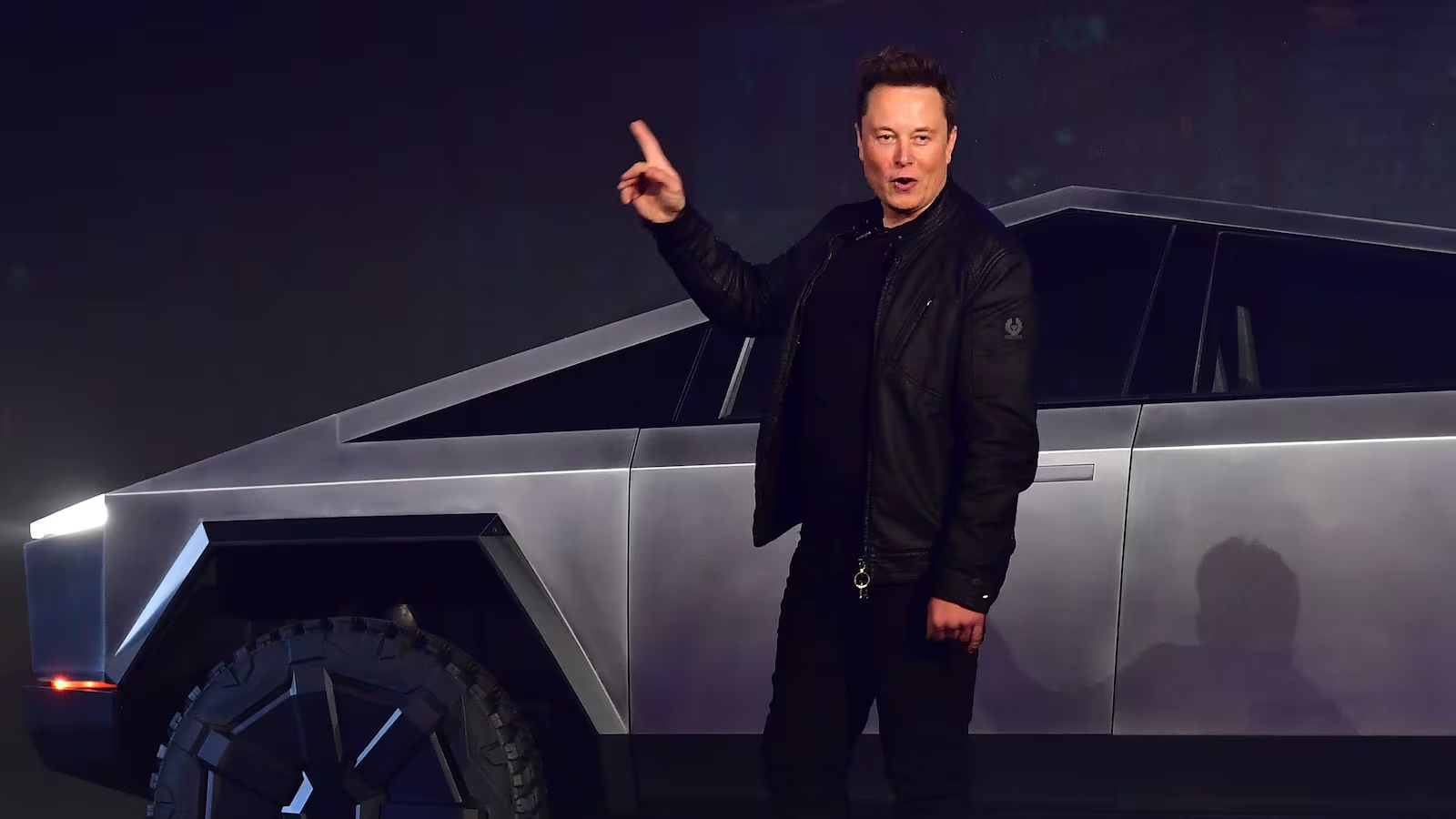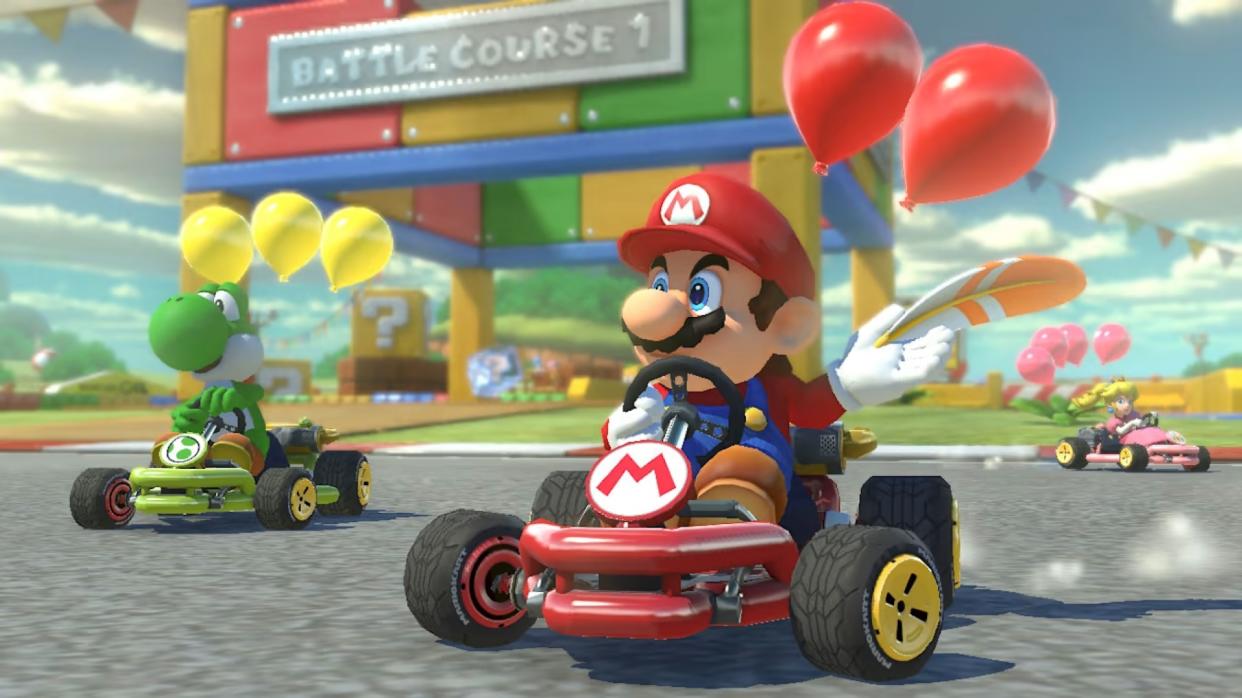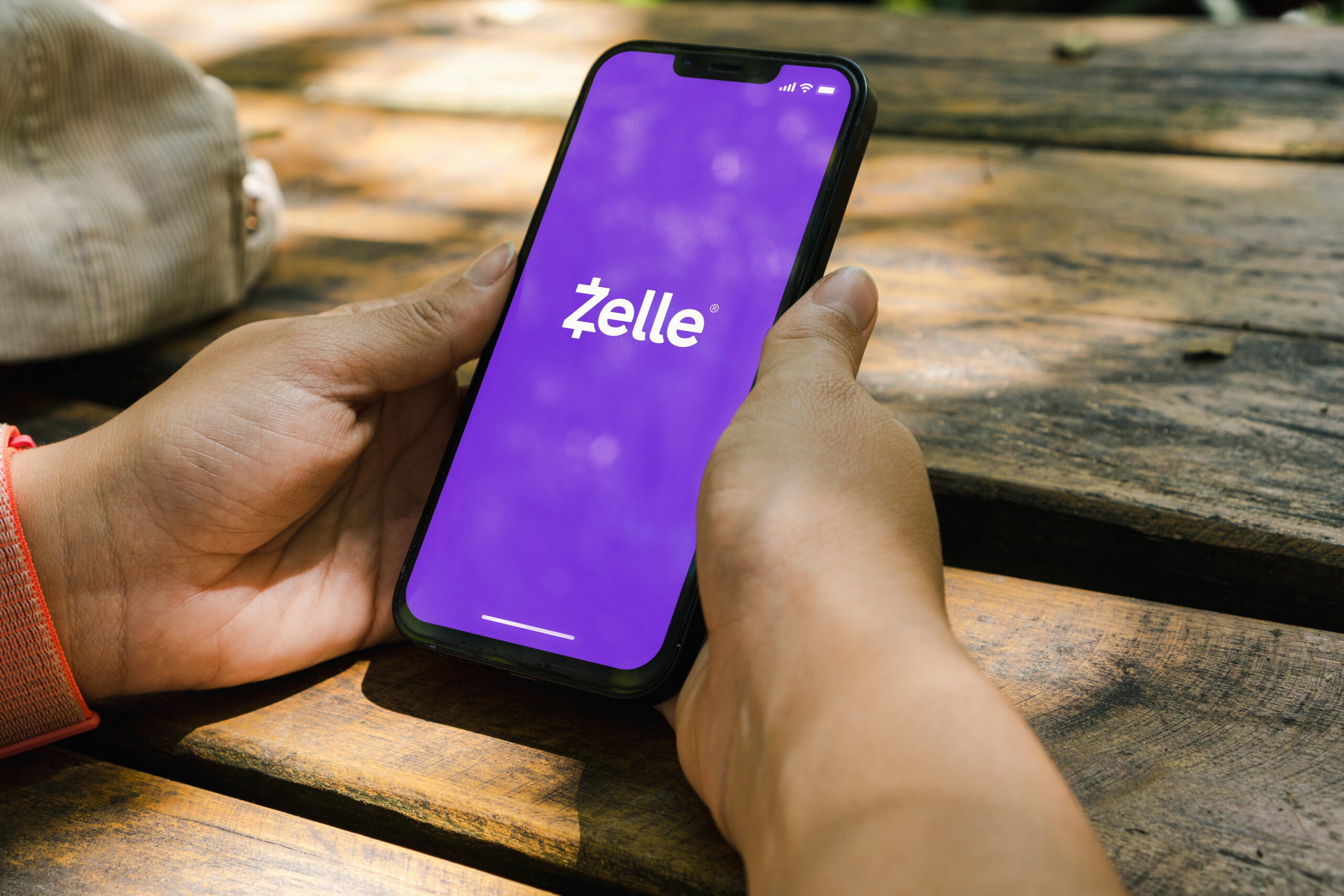In the rapidly evolving landscape of artificial intelligence (AI), OpenAI has once again pushed the boundaries with the introduction of Sora, a generative video model that transforms text into high-definition film clips. Over the past two years, this development has highlighted significant strides in AI capabilities, promising a new era for content creation, storytelling, and digital media.
Key Highlights:
- Sora can generate lifelike videos up to a minute long from text prompts.
- It employs advanced AI techniques, combining diffusion models and transformers for dynamic video creation.
- OpenAI has initiated red teaming and limited creator access for refining Sora, focusing on safety and ethical use.
- Challenges such as maintaining long-term coherence and physical plausibility in generated videos are being addressed.

The Genesis of Sora
OpenAI’s Sora is built upon the foundation laid by DALL-E 3, leveraging a diffusion model approach for video generation. Unlike conventional models, Sora integrates a transformer architecture, enabling it to process video data in novel ways. This allows for the creation of videos that are not only diverse in terms of resolution and aspect but also rich in detail and storytelling depth.
Technical Innovations and Challenges
Sora’s technology excels in creating detailed scenes with complex motion and multiple characters, making it a significant leap forward in AI-generated content. However, the model faces challenges in ensuring long-term coherence and avoiding physically implausible outcomes, underscoring the ongoing need for refinement in AI’s understanding of the physical world and narrative consistency.
Ethical Considerations and Safety Measures
As with any powerful technology, the potential for misuse of Sora raises important ethical considerations. OpenAI is proactively addressing these concerns by implementing safety measures and collaborating with experts to identify and mitigate potential harms. This includes the use of filters to block inappropriate content and the application of C2PA metadata to trace the origins of generated videos, ensuring responsible use and preventing misinformation.
The Future of Video Generation
Sora represents not just a technological advancement but a paradigm shift in how we conceive and create visual content. Its development is a testament to the potential of AI to democratize video production, offering tools that could revolutionize filmmaking, education, and creative expression. Yet, the journey of Sora also underscores the critical importance of ethical AI development and the careful consideration of its societal impacts.
Conclusion
The development of Sora by OpenAI over the past two years illustrates the incredible potential of AI to transform the creative landscape. While challenges remain, particularly in ensuring the ethical use and accuracy of AI-generated content, Sora’s progress signals a future where AI can enhance human creativity and storytelling in unprecedented ways. As Sora continues to evolve, it promises to open new avenues for expression, education, and entertainment, redefining our relationship with technology and creativity.


